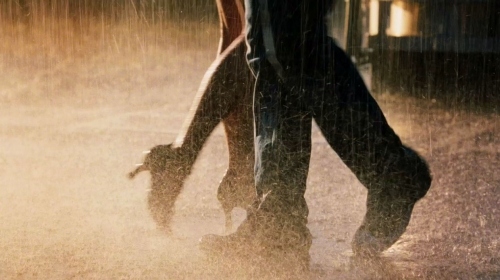Relationship – The dance of love addiction (Part 2 of 3)
In the interactions with our partners we tend to form relationship dynamics that we repeatedly return to in the face of similar circumstances. These relationship dynamics gets reinforced with each situation that connects the last, forming a network of potential triggers for this to be played out. We begin to build an accumulation of these associated events with corresponding internal messages and running beliefs. Historically, we start to play “old tapes” to ourselves of how we anticipate things will turn out, and we act accordingly.
In an ongoing bid to navigate the landscape of their shared journey, the couple usually resort to positioning themselves in certain roles to provide functionality to their relationship, for the purpose of its survival. Like in a dance we usually see one person taking the role of ‘leading’ and the other ‘following’.
The ‘leader’; in their assumed authority, often exercise unwanted control resulting in the other feeling engulfed and disempowered. Their need for control is often coupled with an intensity of expression. In their overly focused attention and need for control on the other, they become driven by a compulsion to get their needs met by this person and in a sense become dependent on this pathway of reward. These attributes in essence meet the criteria of addiction; and in co-dependency language the role that they are playing out is referred to that of a ‘love addict’. At the core, the ‘love addicts’ primary emotional fear is one of abandonment, and their behaviours are a reflection of this drive.
Conversely, the passive role of the ‘follower’ tends to encompass a degree of appeasement, given their resign to the lead of the ‘love addict’. By appeasing (or ‘care-taking’) they become avoidant to taking on the responsibility of decision making or taking action. In co-dependency language they have adopted the role of the ‘love avoidant’. In their avoidance they inherently have a primary emotional fear of intimacy.
Together, this dance is mutually perpetuated by the persistent drives of their respective emotional fears; the ‘love addicts’ fear of abandonment, and the ‘love avoidants’ fear of intimacy. This dance is one of ‘co-dependency’ and its continuation is to the detriment of the couple.
So how do we end the dance, and break this cycle of co-dependency?
As the ‘love addict’, it is important to confront our fear of abandonment and move away from relating with intensity and control. We need to trust that by surrendering control things won’t fall apart, and that in fact through cooperation we will be rewarded with a preferred outcome. By shifting the attention from our partners as the source of meeting our needs, we can then begin to focus on meeting them through self -care.
As the love avoidant, finding the courage to confront our fear of intimacy will empower us to take ownership for our place in the relationship with equal standing. A realisation that we have been abandoning our own needs by allowing the governance of the love addict, helps in the process of taking the reigns of responsibility. Stepping away from a passive place of anticipation and instead adopting a proactive approach to meeting our needs will not only serve to build self confidence, but will also feed and support the relationship.
Exercise Question: What role do you play in your relationship dynamic and what steps could you make to change the dance being played?
Author: David Kalmar
Psychologist

